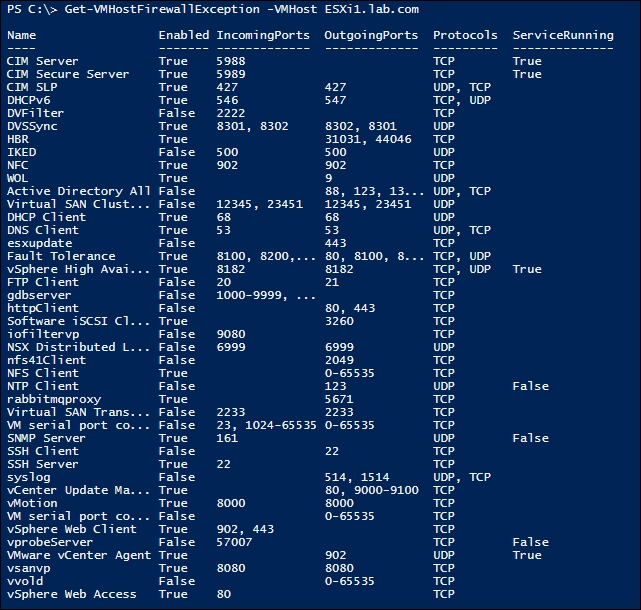So far, we have discussed how to install and configure ESXi servers and how to configure and manage networks and storage in a vSphere environment. Then we discussed logical constructs in a vCenter environment. In the previous chapter, we covered how to manage the different aspects of a virtual machine, thus making life easier for the virtual administrator. In this chapter, we will discuss the additional aspects of a vCenter environment, which are as follows:
The vSphere Security Hardening Guide
Managing vSphere Update Manager
Configuring firewall and services in an ESXi host
Managing host profiles
Managing vCenter Site Recovery Manager
Managing vCloud Air
Managing vRealize Operations Manager
We will start this chapter with a discussion on the Security Hardening Guide in a vSphere environment.





